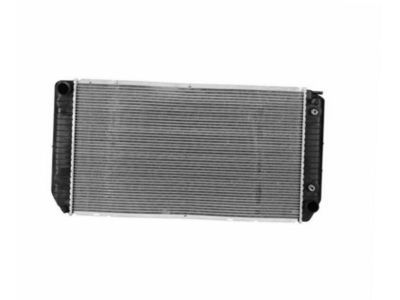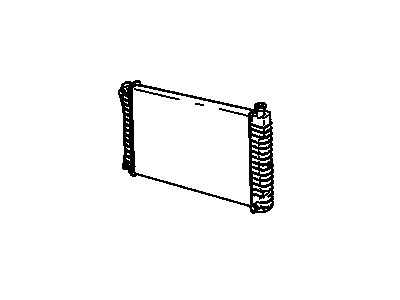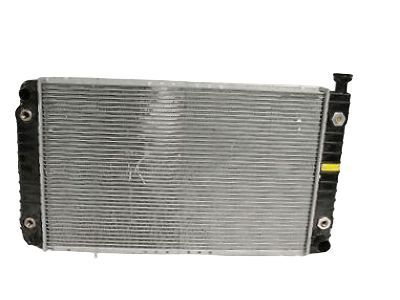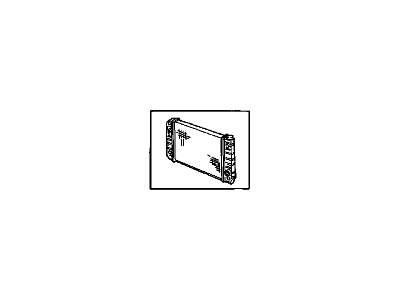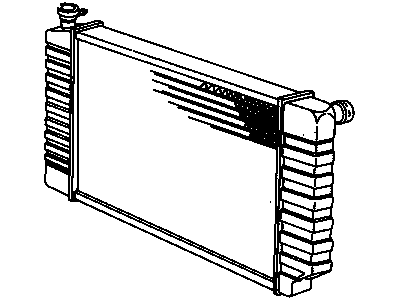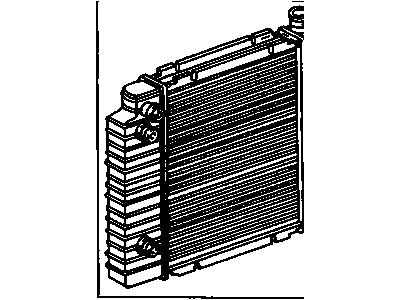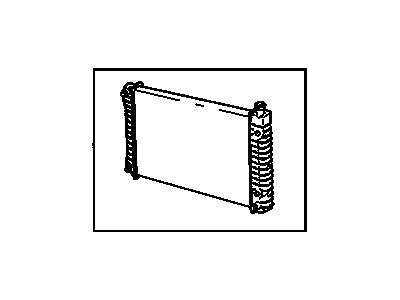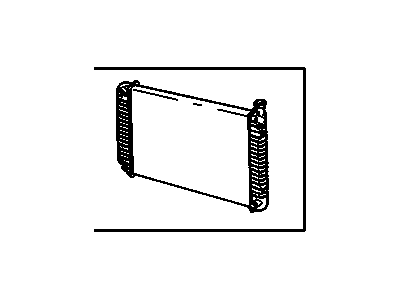My Garage
My Account
Cart
Genuine Chevrolet C1500 Radiator
Cooling Radiator- Select Vehicle by Model
- Select Vehicle by VIN
Select Vehicle by Model
orMake
Model
Year
Select Vehicle by VIN
For the most accurate results, select vehicle by your VIN (Vehicle Identification Number).
24 Radiators found
Chevrolet C1500 Radiator
Part Number: 52481442$484.01 MSRP: $685.95You Save: $201.94 (30%)Ships in 1-2 Business DaysChevrolet C1500 Radiator Assembly
Part Number: 89018624$284.07 MSRP: $446.65You Save: $162.58 (37%)Ships in 1-2 Business DaysChevrolet C1500 Radiator Assembly
Part Number: 89019344$424.35 MSRP: $637.16You Save: $212.81 (34%)Ships in 1-2 Business DaysChevrolet C1500 Radiator Assembly
Part Number: 52479551$543.17 MSRP: $632.97You Save: $89.80 (15%)Ships in 1-2 Business Days
| Page 1 of 2 |Next >
1-20 of 24 Results
Chevrolet C1500 Radiator
The Chevrolet C1500 Radiator is an essential part of the car which deeply immersed in the cooling task of the engine, where heat of the cooling fluid is exchanged with, the air blowing across the metal part of the radiator. Also commonly having the shape of the core with fins and tubes, the radiator consists of an inlet tank at one end and an outlet tank at the other. The cores of majority of C1500 Radiators are made of aluminum while the tanks are either plastic or aluminum though there are models with copper/brass construction. It is fixed at the front of the automobile to be exposed to air via the grille; Coolant is circulated through the core tubes in which the finned drawn heats the air and transfers it to the coolant. performance radiators are better than OEM ones and are made from aluminum with enhanced specifications that enhance their cooling ability. Simple tasks like checking the coolant levels and the formulation of periodic radiator clean-up are crucial for the functionalities of the radiators and overall healthy working temperature of the engine.
Each OEM Chevrolet C1500 Radiator we offer is competitively priced and comes with the assurance of the manufacturer's warranty for the part. Furthermore, we guarantee the speedy delivery of your orders right to your doorstep. Our hassle-free return policy is also in place for your peace of mind.
Chevrolet C1500 Radiator Parts Questions & Experts Answers
- Q: How to remove and install a radiator on Chevrolet C1500?A: Modern cars are now using spring type radiator hose clamps which should only be re-used if the hose connection is clean and dry. Any painted or coated connections must be scraped down to bare metal. These clamps should not be used with aftermarket hoses, instead they need conventional worm drive type clamps. Disconnect the negative cable from the battery to start removing the radiator, and then remove all hoses and lines connected to it including overflow line, heater core hoses, upper and lower radiator hoses, transmission cooler lines if equipped. Use a flare nut wrench to remove the transmission cooling lines after plugging them at both ends against dirt or leaks that may enter into system. Unfasten oil cooler lines on opposite side of radiator when applicable. Remove fan shroud by unbolting center and upper mounting screws; lift out radiator from engine compartment taking care not to touch blades of fan. Also take off bracketing for radiators as well where available. Replace any damaged hose clamps or radiator hoses prior to fitting of new radia- tor. The bottom saddles of the radiator should securely seat while its core is undisturbed by top brackets during installation process at times requires checking for levels of dipstick first engine oil as well as ATF afterwards till completion.


